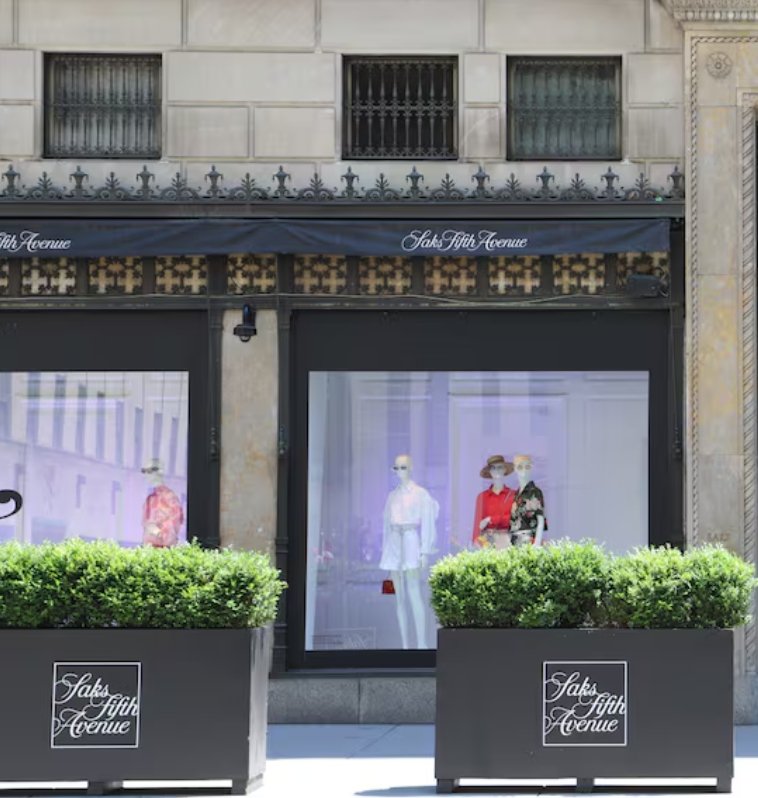Tensions Escalate Between Saks Global and Its Brand Partners Over New Payment Terms
Relations between Saks Global and the thousands of brands it stocks in its iconic department stores are at an all-time low following a recent letter from the retailer’s owner. Last week, the owner of Saks Fifth Avenue, Neiman Marcus, and Bergdorf Goodman outlined new payment terms, sparking frustration among the approximately 2,000 brands that rely on these department stores for visibility and sales.
The letter, which introduced stricter payment policies, has fueled an already tense atmosphere between the department stores and their vendors. The new terms have drawn widespread criticism, with many brands feeling that the changes will significantly impact their cash flow and profitability. For many suppliers, particularly smaller or independent labels, these terms are seen as an added financial burden in an already challenging retail environment.
The timing of the move is particularly sensitive. As the retail industry navigates the fallout from the pandemic, shifting consumer behaviors, and the rapid rise of e-commerce, brands are facing heightened pressure to adapt. Department stores, particularly those in the luxury segment like Saks, Neiman Marcus, and Bergdorf Goodman, are also struggling to maintain their relevance and profitability. The new payment terms, which seem to favor the retailer’s cash flow at the expense of its suppliers, have further strained an already fragile relationship.
While Saks and its sister stores maintain that the changes are necessary for their survival in an increasingly competitive retail landscape, many vendors argue that the revised terms unfairly shift more risk onto them. Suppliers who once depended on the prestige and reach of these department stores are now questioning whether they can continue to justify the cost of maintaining these partnerships under such terms.
Despite the mounting tension, both sides remain dependent on each other. Saks Global and its counterparts rely on luxury brands to draw in affluent customers who expect top-tier offerings, while the brands themselves need these department stores for widespread exposure and access to high-spending shoppers. In many cases, these department stores serve as a critical sales channel that helps brands reach audiences they might not be able to access on their own, particularly in a highly competitive global market.
In light of these tensions, both Saks and its brand partners will likely need to engage in open dialogue to find a more balanced approach to their relationship. With luxury retailers facing mounting challenges, including fierce online competition and changing consumer habits, both parties will need to collaborate to ensure mutual success.
As these relationships continue to evolve, the broader fashion retail industry will be watching closely, hoping that these tensions can be resolved without disrupting the delicate balance that sustains these influential retail giants.






